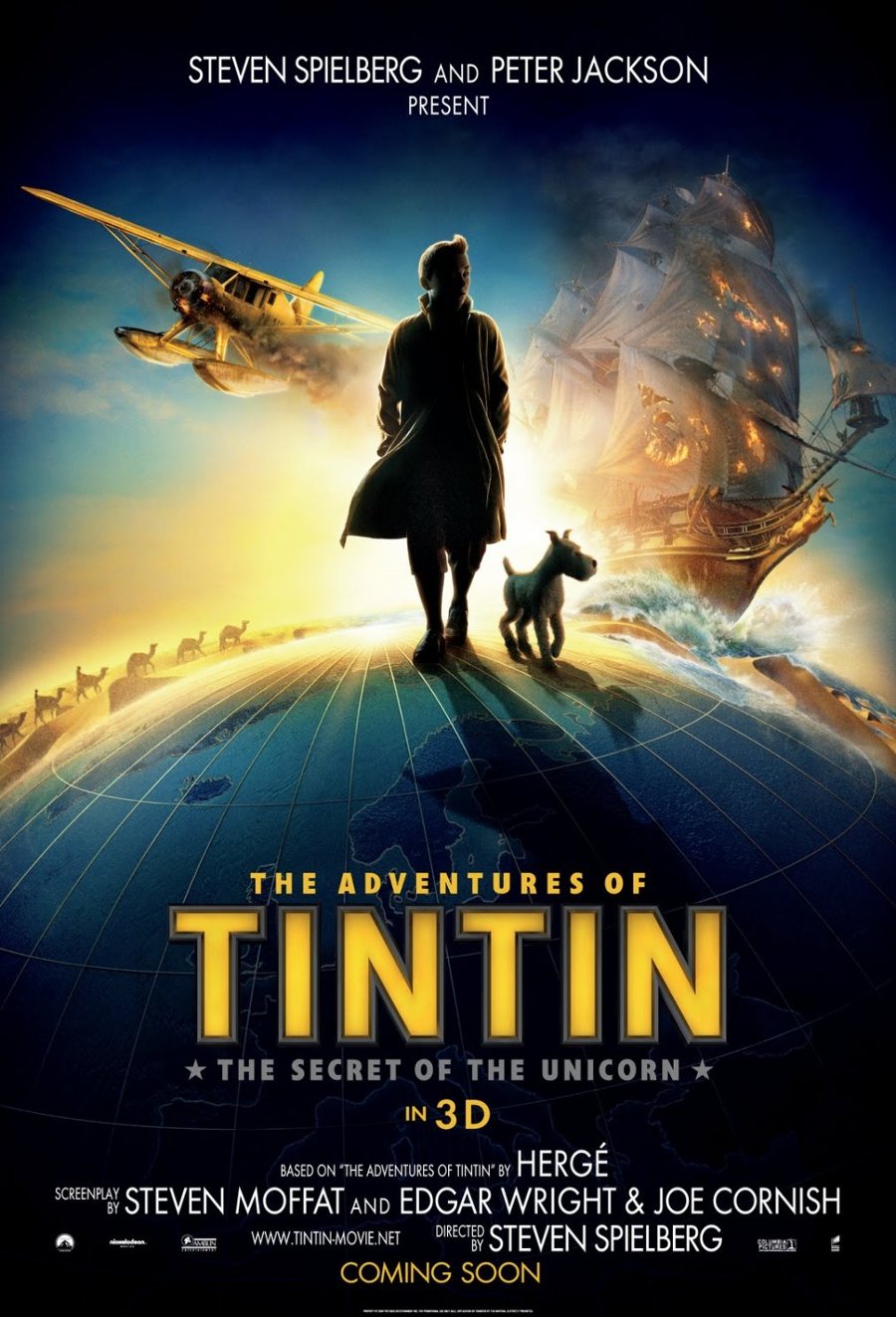

Totor was a strong influence on Tintin, with Hergé describing the latter as being like Totor's younger brother. des Hannetons ( The Adventures of Totor, Scout Leader of the Cockchafers) for the Scouting newspaper Le Boy Scout Belge ( The Belgian Boy Scout). From July 1926, he had written a strip about a Boy Scout patrol leader titled Les Aventures de Totor C.P.

He already had experience creating comic strips. Dissatisfied with this, Hergé wanted to write and draw his own cartoon strip. In addition to editing the supplement, Hergé illustrated L'extraordinaire aventure de Flup, Nénesse, Poussette et Cochonnet ( The Extraordinary Adventures of Flup, Nénesse, Poussette and Cochonnet), a comic strip authored by a member of the newspaper's sport staff. Propagating Wallez's sociopolitical views to its young readership, it contained explicitly profascist and antisemitic sentiment. Wallez appointed Hergé editor of a new Thursday youth supplement, titled Le Petit Vingtième (" The Little Twentieth"). Run by the Abbé Norbert Wallez, the paper described itself as a "Catholic Newspaper for Doctrine and Information" and disseminated a far-right, fascist viewpoint.

Georges Prosper Remi, best known under the pen name Hergé, was employed as an illustrator at Le Vingtième Siècle ( The Twentieth Century), a staunchly Roman Catholic, conservative Belgian newspaper based in Hergé's native Brussels. Although it's possible that as a child I imagined myself in the role of a sort of Tintin". "The idea for the character of Tintin and the sort of adventures that would befall him came to me, I believe, in five minutes, the moment I first made a sketch of the figure of this hero: that is to say, he had not haunted my youth nor even my dreams. Its well-researched plots straddle the action-adventure and mystery genres and draw upon themes of politics, history and technology, offset by moments of slapstick comedy.
#THE ADVENTURES OF TINTIN FULL MOVIE SERIES#
The series has been admired for its clean, expressive drawings in Hergé's signature ligne claire ("clear line") style. Other allies include the brash and cynical Captain Haddock, the intelligent but hearing-impaired Professor Calculus (French: Professeur Tournesol), incompetent detectives Thomson and Thompson (French: Dupont et Dupond), and the opera diva Bianca Castafiore. Its hero is Tintin, a courageous young Belgian reporter and adventurer aided by his faithful dog Snowy ( Milou in the original French edition). The series is set during a largely realistic 20th century. In 1950, Hergé created Studios Hergé, which produced the canonical versions of 11 Tintin albums. The success of the series led to serialised strips published in Belgium's leading newspaper Le Soir ( The Evening) and spun into a successful Tintin magazine. The series first appeared in French on 10 January 1929, in Le Petit Vingtième ( The Little Twentieth), a youth supplement to the Belgian newspaper Le Vingtième Siècle ( The Twentieth Century). By 2007, a century after Hergé's birth in 1907, Tintin had been published in more than 70 languages with sales of more than 200 million copies, and had been adapted for radio, television, theatre and film. The series was one of the most popular European comics of the 20th century. The Adventures of Tintin ( French: Les Aventures de Tintin ) is a series of 24 bande dessinée albums created by Belgian cartoonist Georges Remi, who wrote under the pen name Hergé.


 0 kommentar(er)
0 kommentar(er)
